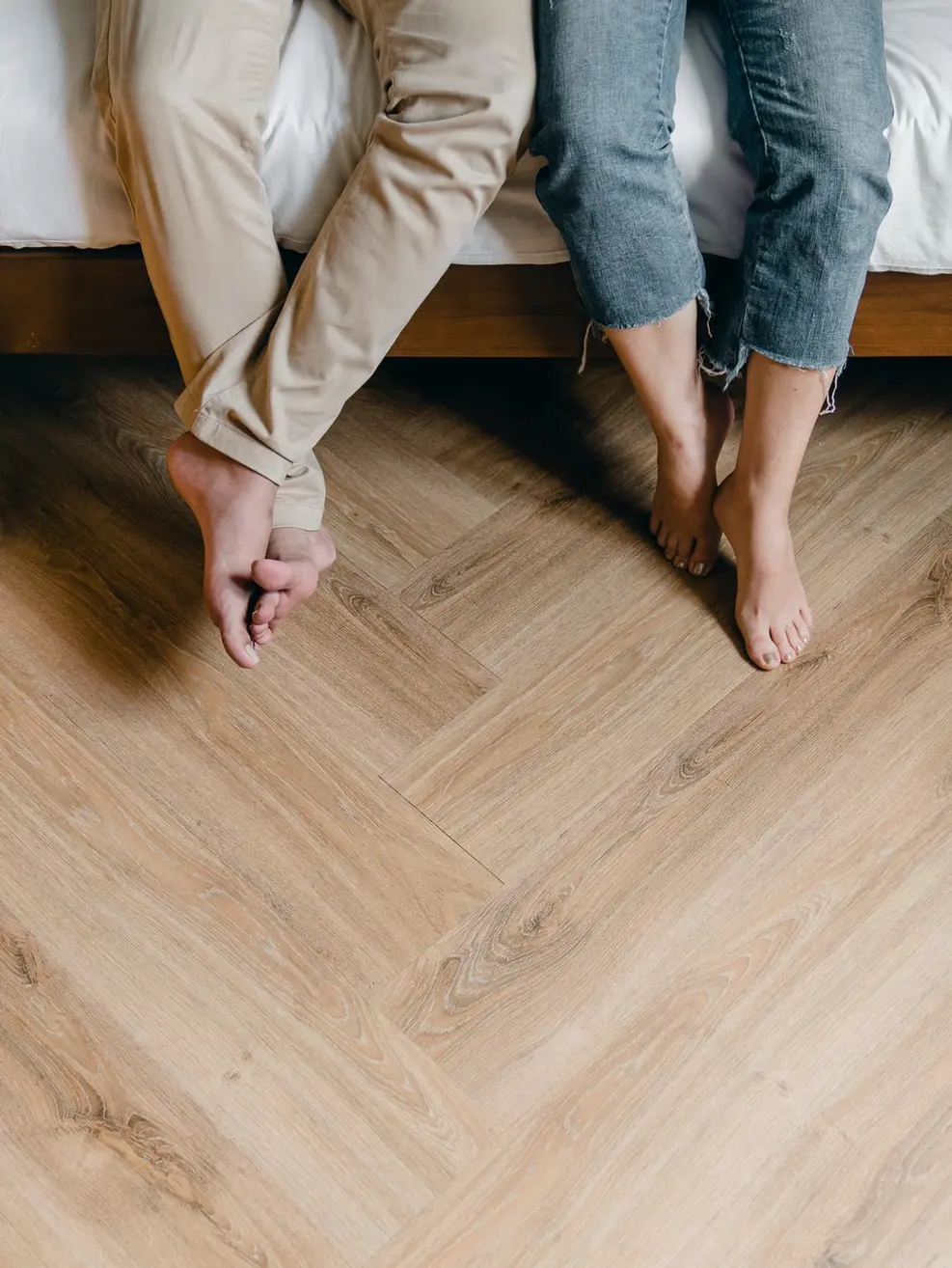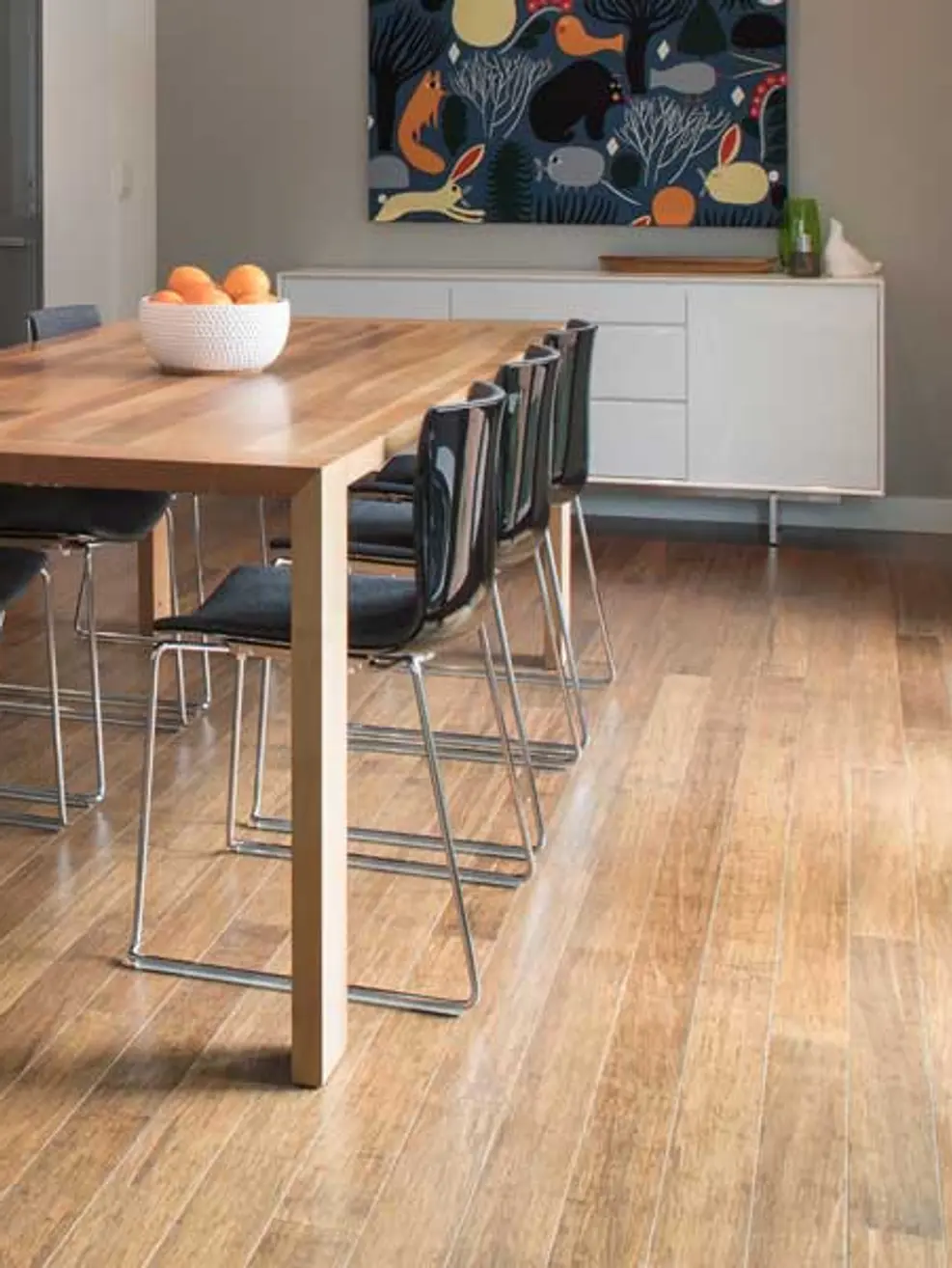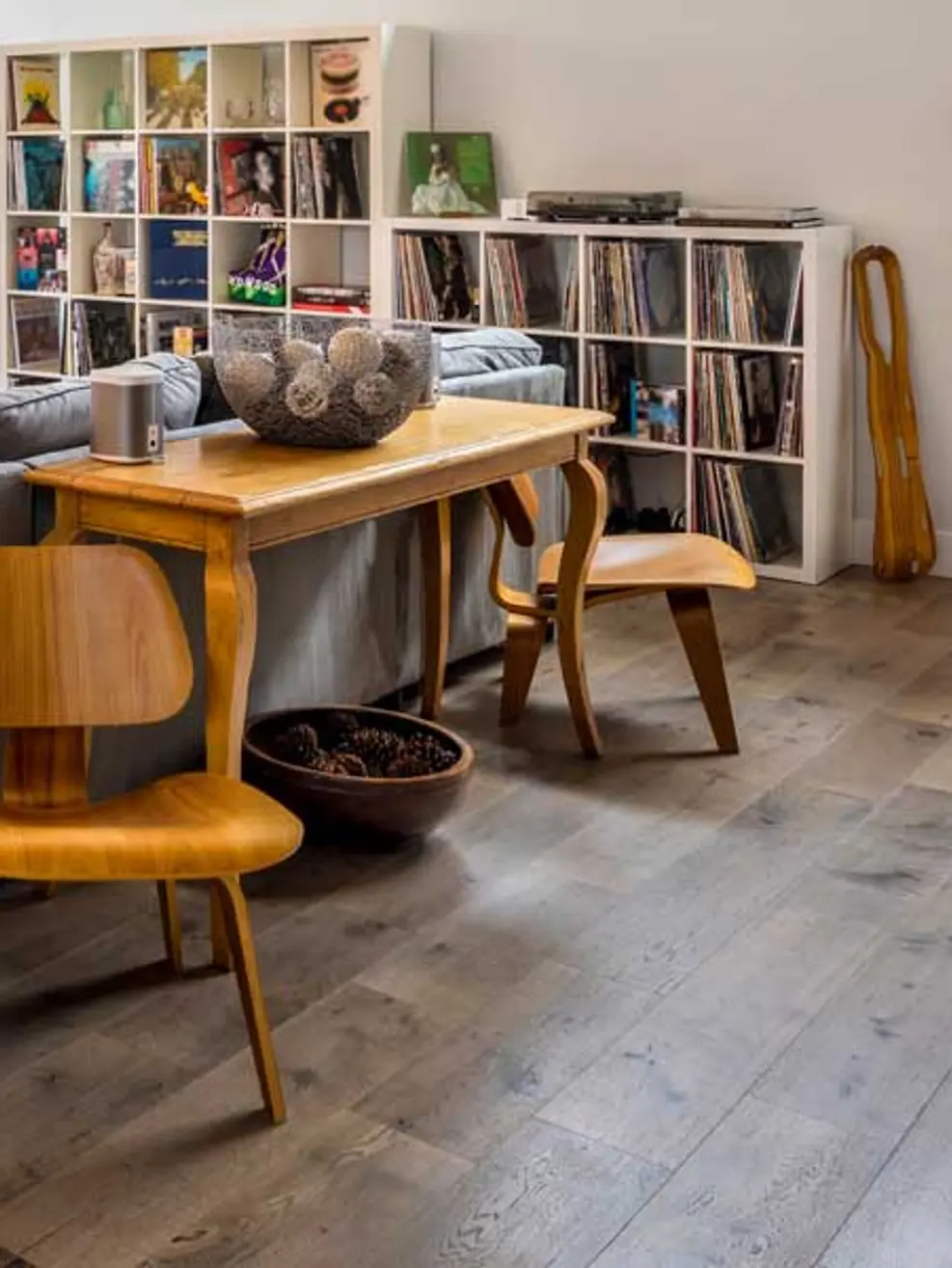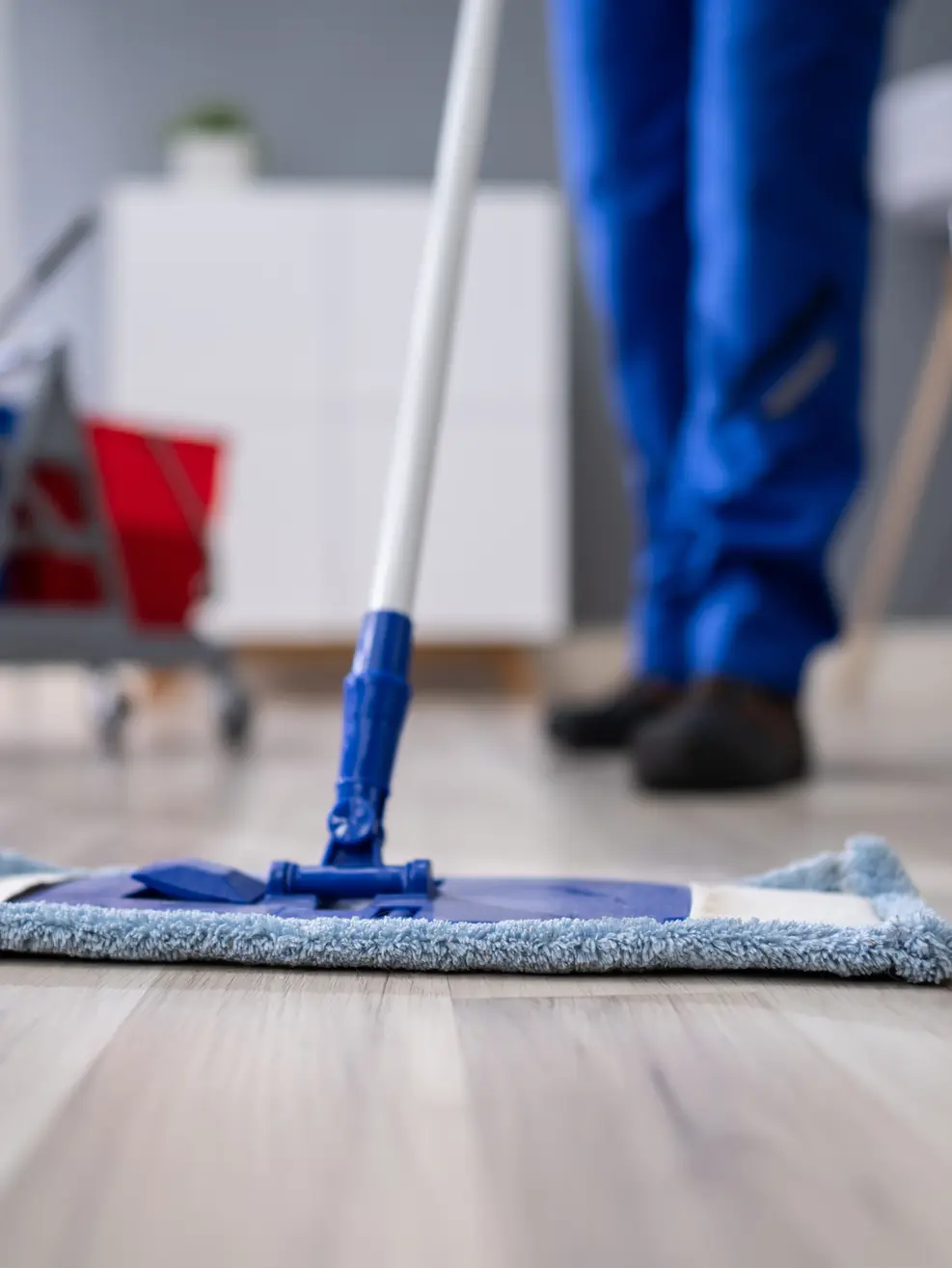For allergy sufferers, creating a home environment that promotes health and well-being is essential. Wood flooring offers a hypoallergenic alternative to carpeting and other flooring materials that can trap dust, pollen, and allergens. In this blog, we'll explore the benefits of wood flooring for allergy sufferers and provide tips for designing an allergy-friendly home that prioritizes comfort, cleanliness, and respiratory health.
- Choose Hardwood Flooring:
- Hardwood flooring is an excellent choice for allergy sufferers due to its smooth surface and ease of cleaning.
- Unlike carpeting, which can harbor dust mites, pet dander, and other allergens, hardwood floors provide a hypoallergenic environment that promotes better indoor air quality.
- Opt for Smooth Finishes:
- Select hardwood flooring with smooth finishes such as satin or matte, as textured surfaces can trap dust and make cleaning more challenging.
- Smooth finishes are easier to maintain and less likely to accumulate allergens, helping allergy sufferers breathe easier and reduce exposure to irritants.
- Minimize Dust Accumulation:
- Regularly dust and vacuum your wood floors using a microfiber mop or cloth to remove dust, pet hair, and other allergens.
- Use a vacuum cleaner with a HEPA filter to trap microscopic particles and prevent them from circulating back into the air, improving indoor air quality.
- Consider Engineered Wood Flooring:
- Engineered wood flooring offers the beauty of hardwood with added durability and stability, making it a practical choice for allergy-friendly homes.
- Engineered wood floors have a layered construction that resists moisture and reduces the risk of warping or cupping, providing a long-lasting and low-maintenance flooring solution.
- Use Area Rugs Strategically:
- Place area rugs in high-traffic areas or rooms where comfort is desired, such as bedrooms or living rooms.
- Opt for washable area rugs made from natural fibers such as cotton or wool, which are less likely to trap allergens and can be easily cleaned to maintain a healthy indoor environment.
- Maintain Proper Humidity Levels:
- Keep indoor humidity levels between 30% and 50% to prevent mold growth and reduce allergens such as dust mites.
- Use a dehumidifier in damp areas such as basements or bathrooms and monitor humidity levels regularly to ensure a comfortable and healthy living environment.
- Choose Low-VOC Finishes:
- Select wood flooring finishes that are low in volatile organic compounds (VOCs) to minimize indoor air pollution and respiratory irritation.
- Look for water-based or eco-friendly finishes that emit fewer harmful chemicals and contribute to a healthier indoor environment for allergy sufferers.
Wood flooring offers numerous benefits for allergy sufferers, providing a hypoallergenic and easy-to-clean surface that promotes better indoor air quality and respiratory health. By following these tips and selecting the right type of wood flooring for your home, you can create an allergy-friendly environment that prioritizes comfort, cleanliness, and well-being. With proper maintenance and attention to detail, wood flooring can enhance the quality of life for allergy sufferers and contribute to a healthier and happier home.




